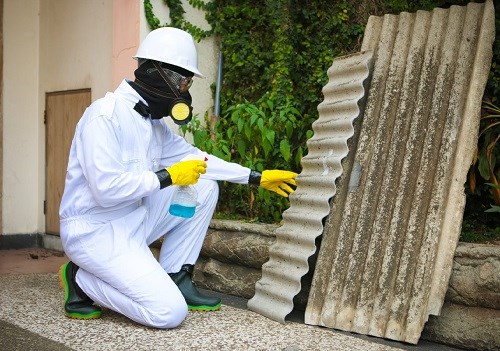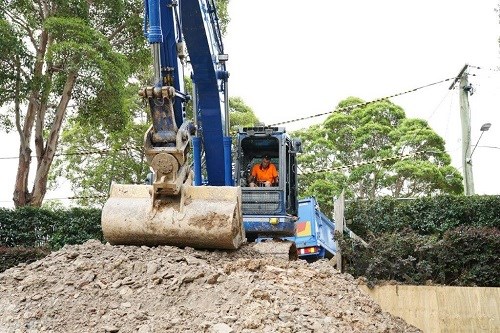Planning a demolition project is something that always requires a lot of care. For obvious reasons, demolition can be a dangerous process if it's not handled correctly, so it can sometimes take longer than people expect before the actual work begins.
Although no two jobs are exactly the same, there are certain things a demolition company will look for in order to proceed safely. This makes preparation fairly streamlined, but there are a few occasions where extra factors might delay the demolition work. Here are some of the things that can require a bit of extra care and planning to handle properly:
- ASBESTOS
Although asbestos is banned in Australia, it was used a lot in building work before the extent of the danger was known. Because of this, there are still plenty of houses that contain asbestos fibres.
Demolishing building materials that have asbestos will release the fibres into the air, which is the point at which they become harmful. If there's any asbestos in your home, it needs to be removed carefully according to the legal guidelines that are in place.
Not everyone is sure if they have any asbestos or not, but the history and age of your building can often be used to work it out. At Swift Demolition, we're knowledgeable about asbestos and its proper handling, so we can deal with the problem for you.

HAZARDOUS CHEMICALS
This is not normally a concern with home demolitions, but there are occasions where hazardous chemicals are a risk.
If the building is in an industrial area or close to a manufacturing plant, there may be underground tanks or pipes containing dangerous substances. It's also possible, although unlikely, that your home or land's former purpose involved the use of chemicals.
NEARBY BUILDINGS AND STRUCTURES
If your house is attached or situated close to neighbouring properties, it takes extra planning and cooperation to carry out the demolition. It might be necessary to evacuate the area for a short time.
A further problem is large trees and the presence of structures like telegraph poles. These can cause just as many issues as buildings because it's not always possible to remove them.

HERITAGE CONSERVATION LAWS
Certain buildings of historical or cultural interest are covered by heritage conservation laws. If your home is one of them, it doesn't mean demolition work isn't possible. However, it does mean you'll need to seek special permission, and this can delay the process.
In some cases, the building itself isn't of any historical value, but it was built in a conservation area. This means the building is still covered, so it's important to proceed with care.
Occasionally, a building's historical worth is only discovered when the owner begins the process of demolition planning. If you think there's a chance your house might be covered by the law, even if it's not currently registered under the heritage conservation laws, you should plan for potential delays.
AREAS WHERE NOISE IS A PROBLEM
Noise can be disturbing for the area surrounding any demolition. But there are some instances where the loud work can be particularly problematic.
One of the most common instances of this is when demolition work needs to be done close to a hospital. Not only is it loud enough to potentially disturb patients, but the equipment's vibrations may also interfere with electronic equipment. It's important to make arrangements that minimise risk and stress.
Other buildings where problems sometimes arise are schools and shopping centres, but there's a long potential list.
Whatever the unique challenges of your demolition work, our expertise and experience mean we can help you see the project through to the end. Contact us if you'd like more information on our services.